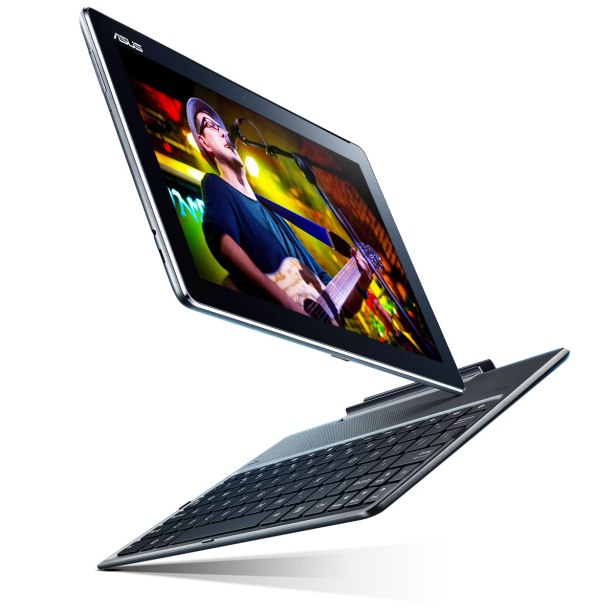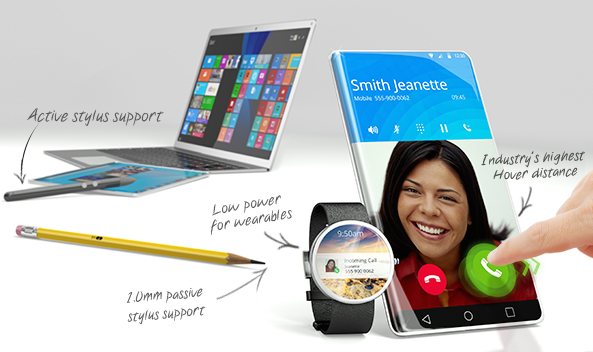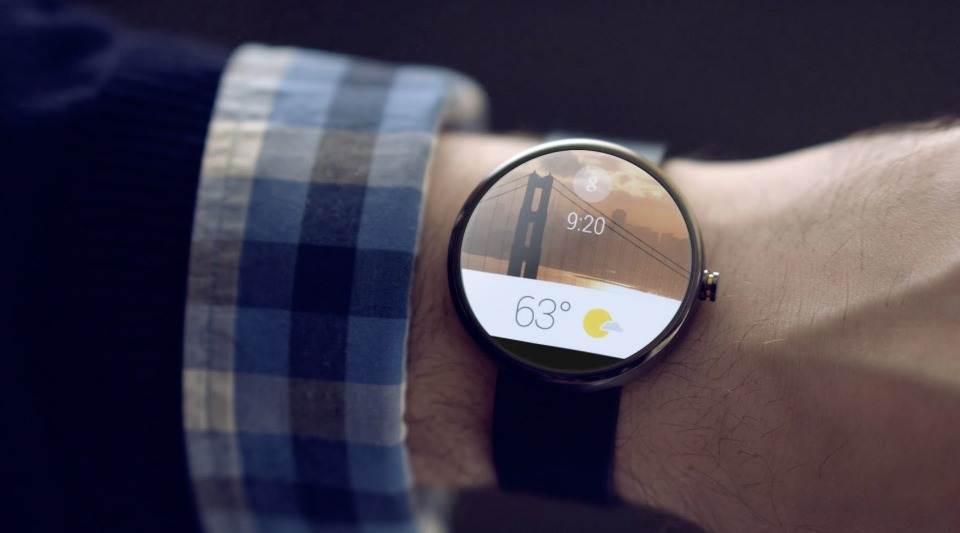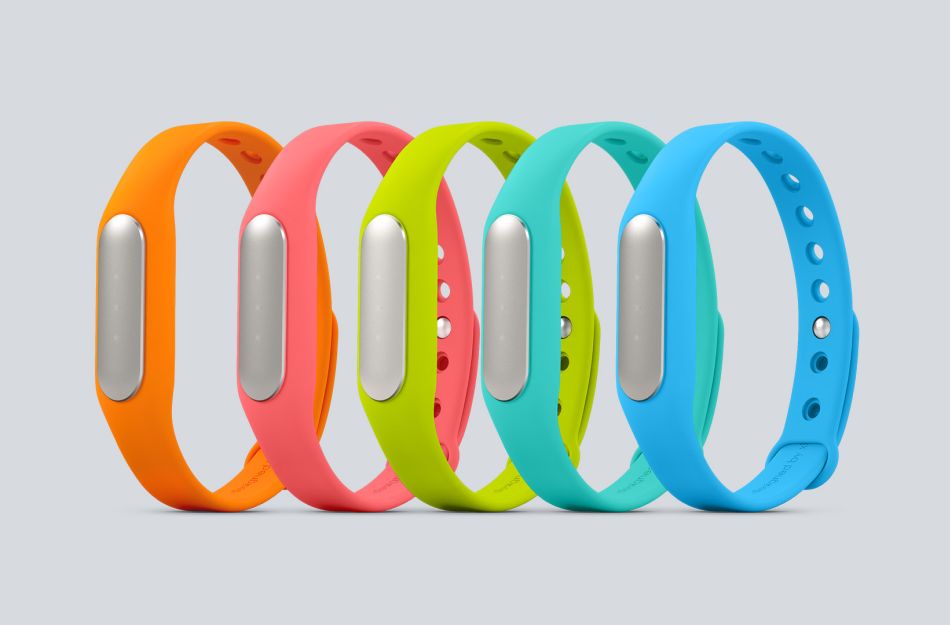The ASUS Z300 on-cell tablet provides a perfect ‘pen-to-paper’ writing experience thanks to Atmel maXTouch and maXStylus controllers.
ASUS has revealed quite a few announcements over the last couple of days at Computex 2015 including an all-in-one PC, a full-featured smartphone for selfies, a second generation ZenWatch, as well as a range of tablets in various sizes. Among those devices was the 10.1″ Z300, which features the world’s first on-cell touchscreen with capacitive active stylus pen support that enables a precise ‘pen-to-paper’ writing experience for more content generation on today’s digital world.
To accomplish this, the company has selected Atmel’s maXTouch controllers to power the touchscreen and active stylus pen of its newly-launched tablet. The ASUS Z300 tablet’s touch display is driven by a maXTouch T-series touchscreen controller, which features a revolutionary sensing architecture that combines both mutual and self-capacitance to enhance performance.
“As a leading provider of innovative mobile devices for the worldwide market, ASUS continues to bring superior products to market,” explained Shar Narasimhan, Atmel Senior Product Manager of Touch Marketing. “The selection of Atmel’s maXTouch controllers for the industry’s first 10.1″ on-cell tablet with capacitive active stylus by ASUS is further testament that we are enabling OEMs to deliver leading-edge digital lifestyle products.”
What’s more, the device uses one of the industry’s most advanced capacitive styli, Atmel’s maXStylus mXTS220 — the only active pen with noise immunity capable of operating in the high display noise environment emitted by ultra-thin on-cell stack-ups. Together, the maXStylus and maXTouch integrate seamlessly to create a flawless user experience in even the most demanding conditions.
“As a leading manufacturer of mobile devices, our products are only built with world-class components,” added Samson Hu, Atmel’s Corporate Vice President & GM of Mobile Product Business Unit. “Atmel’s industry-leading stylus capabilities enabled us to deliver a much thinner on-cell display stack for more elegant designs with a best-in-class active pen experience. We look forward to launching more advanced devices with intuitive human interfaces powered by Atmel.”
















